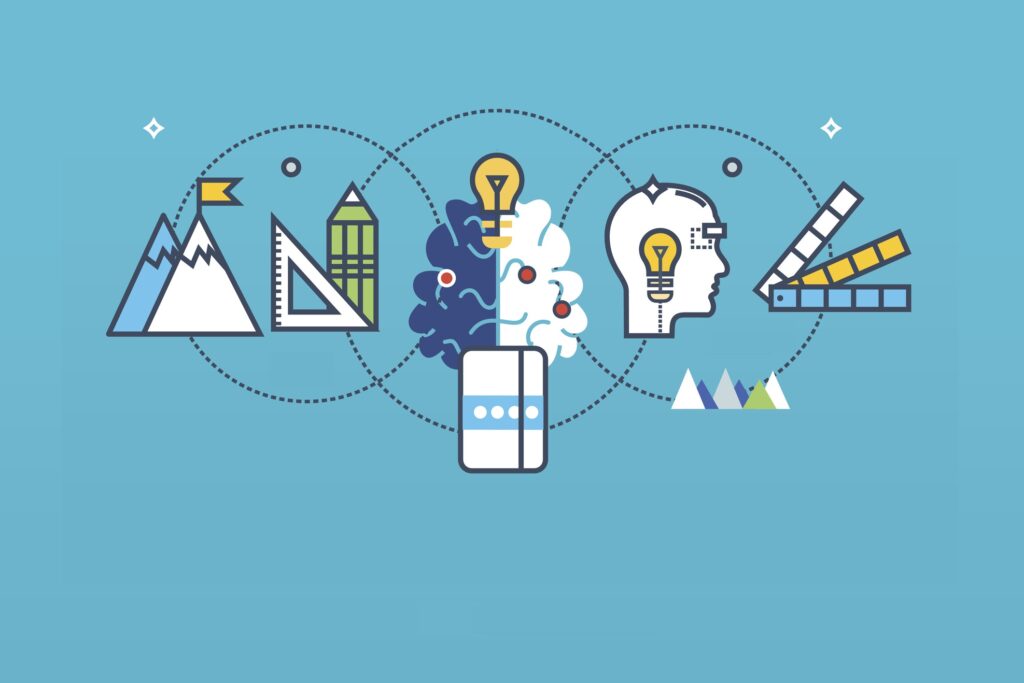What is Customer Journey Mapping?
Customer journey, Customer Experience journey, User mapping – there are alot of names to the same thing. I’d like to refer to it as Customer Journey Mapping.
Customer Journey is the journey that the customer goes through for the whole lifecycle. This journey can begin with brand awareness of a company brand, continuing with a purchase, become a reccuring customer for several years and then leave for a competitor. The essential in this journey is to find out your company are doing great in order to keep customers happy, and also how you can improve the customer satisfaction to keep the customers coming back. In order to find out where your customers churn – you need to map the whole journey out, from start to “finish”.
It’s not an easy task of mapping out the journey of your customers and most certainly, you can’t do it all by yourself. In your company you have colleagues from all departments: sales support, marketing, it. In these apartments you have CCO, CMO, CFO, KAM, CSM etc. For you, to do a good customer journey, you need to figure out what resources within your company you need.
For creating even the smallest journey of when a customer are creating a support ticket can be crucial for your business and picking the right brain for mapping out this journey, you most will definitely need resources from the support team or CSM’s to understand how the internal workflow looks like and how it ends up from the customers view. Creating a support ticket is easy, but it could cost you churned customers if they are not having a good experience.
How to: Customer Journey Mapping?
It all starts with something. The reason for you knowing journey mapping or even reading this post, is due to you want to see all the road blocks and pain points within your company in order to improve the overall experience, but also saving both time and money on keeping customers happy.
First off, find yourself a mapping tool. I am using Custellence to map out my different journeys. With Custellence I can both have a good overview of the timeline for the different customer phases, dig deeper and write down notes as I go and identify how to journey is before, during and after the different stages.
The best ways of doing a Customer Journey is to start with what you think the customers are experiencing the journey. With mapping your own thoughts and comparing it to how it actually is (customer data), it might give you unexpected ideas or make you more open to change.
Sometimes it can be hard to just start a journey – try to start somewhere in the middle and work from either to the left or to the right. Starting from the beginning can slow down the creative process in your team.
Customer phase
This explains how the journey is before, during and after the experience. In this example above, it’s from a family vacation.
Customer Journey
This is where you map out how the journey looks like today for you company. Put in all resources you are doing for your customers and dig deeper on how different departments are handling the customer experience. As detailed as possible.
Customer Needs
You know your customers better then anyone. Map out in the timeline what your customer needs are for the different stages.
Emotional Curve
When you have done the stages above, it’s time to map out how you think your customers are feeling during your product journey. For this part it’s important to discuss with your team and have a common understanding on what the customers are feeling for the positive and negative effects not only for your product but for the whole experience. You can try to solve a common issue your customers are having, or you can ease some of the pains that customers have without even knowing.
Potential Opportunities
From this stage you can come up with ideas of improvement through the journey. In the example above we have a low emotional curve for the customer when they are about to pack for the trip and a reason for this is that it takes a lot of time doing a checklist. What you have identified is how to make it easier for the customer to do these checklists, by creating a template for them so they can focus on other important things.
Continuing with Customer Journey Mapping
Building customer journeys with mapping out the different aspects both from internal and external use is benifital for all companies. I am using this process to also see how we need to change our internal workflow for making the journey as smooth as possible. Hence, mapping can be a never end story in a project so careful and choose wisely what you want to achieve with mapping out certain processes.
Always set goals with the things you do, keep it simple and aim for easy parts. Good luck!
